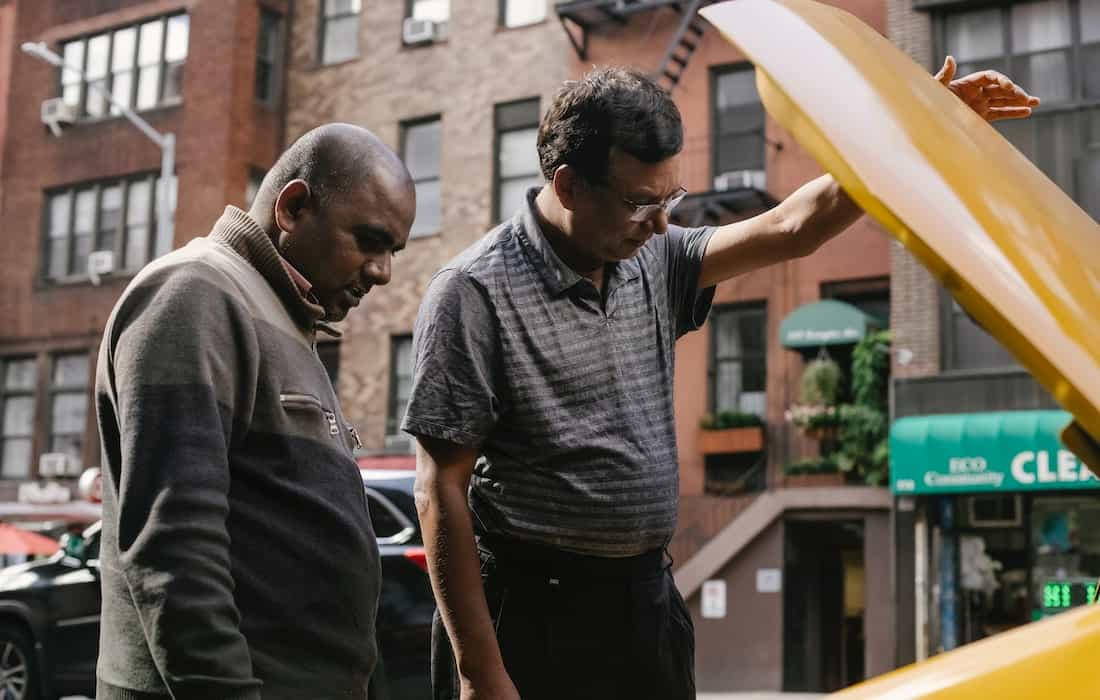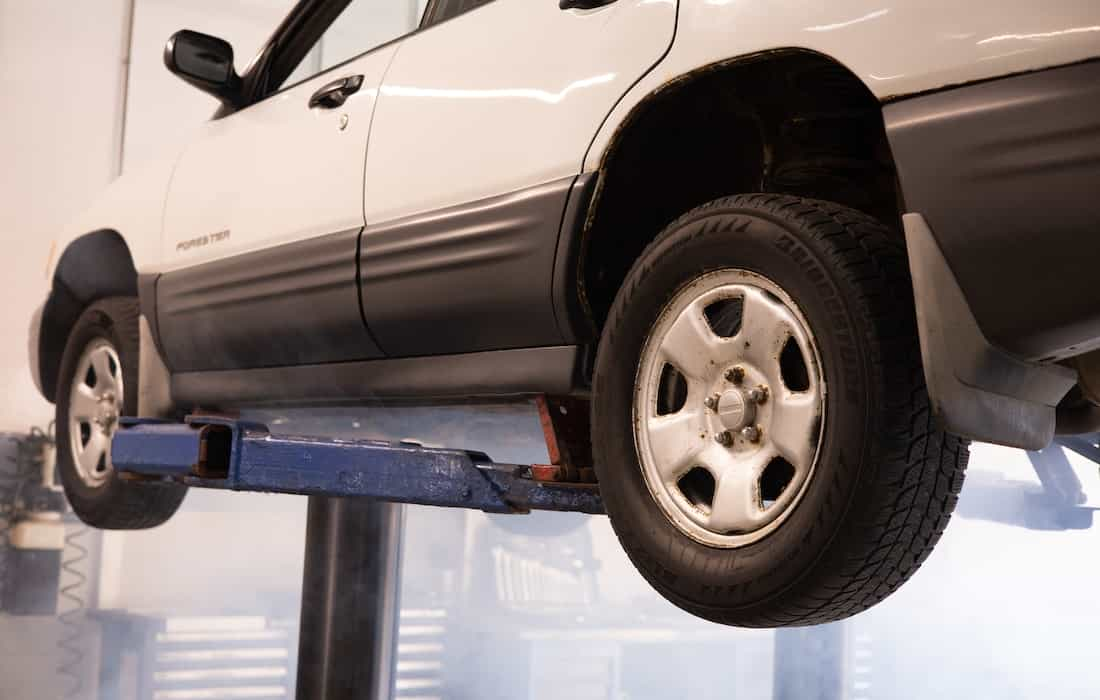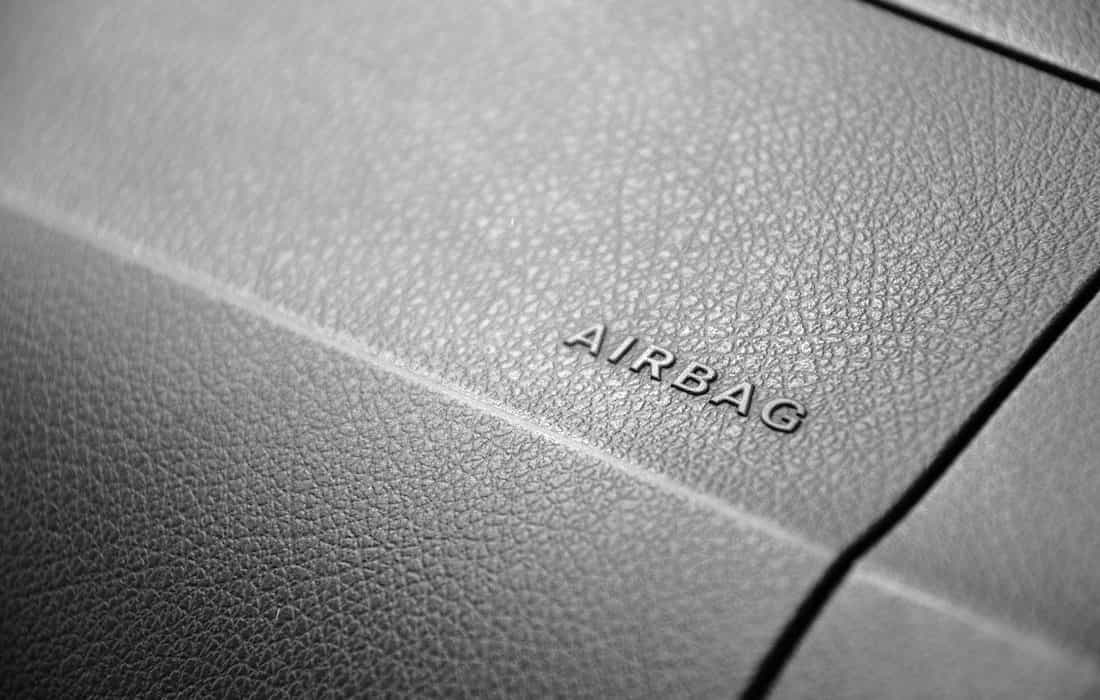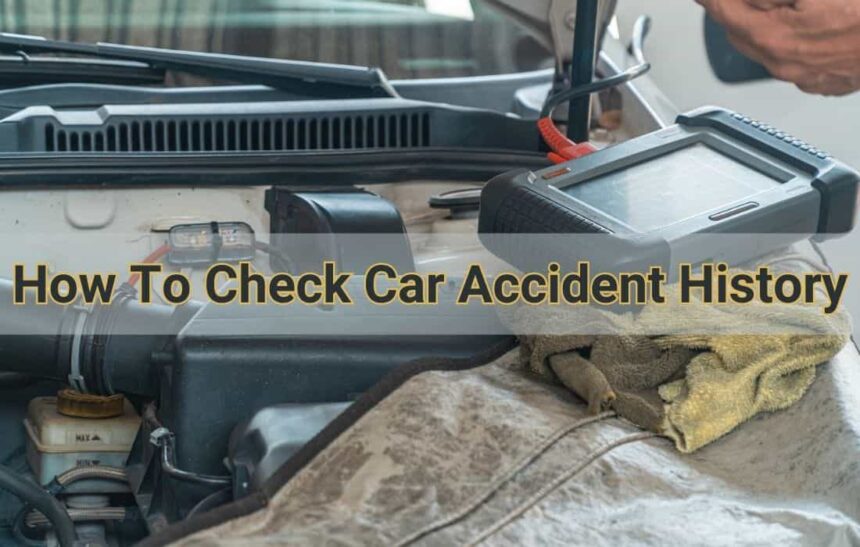Think about discovering the perfect pre-owned car that has never been in an accident, the one that has all the features you’re looking for, the ideal model for its year, and the price point you desire. However, buying the vehicle could still be risky, even if it is mechanically sound, because of existing issues. The reason for the seller’s need to part with the vehicle is multiple significant accidents.
Not all accidents result in significant physical damage, such as a broken door or missing panels. Due to their damaged condition, the cost of these vehicles is frequently much lower, enabling purchasers to obtain the same make and model at a reduced price. Nonetheless, this comes with a risk as the vehicle might be in such a poor state that the cost of repairs could equate to or even surpass the amount paid for the car.
How To Check Car Accident History For Free In Nigeria
- Obtain a Vehicle History Report
- Inspect the Car
- Check the Car’s Frame
- Check the Airbag Indicator
- Have The Vehicle Inspected By a Mechanic
1. Obtain a Vehicle History Report

Obtaining a vehicle history report is an important step when buying a used car. A vehicle history report provides information about the car’s past, including any accident, repairs, or other incidents that may affect its value or safety. Here’s how to obtain a vehicle history report:
- Get the car’s vehicle identification number (VIN): The VIN is a unique 17-digit code that identifies the car. This is also a widely used method to verify if your car has been in an accident. You can find the VIN on the car’s dashboard, door frame, or engine block.
- Choose a provider: There are several providers that offer vehicle history reports, such as Carfax, AutoCheck, and VINCheckPro. Choose one that suits your needs and budget.
- Review the report: Review the report carefully to look for any issues or concerns. Pay attention to any accidents, repairs, or other incidents that may affect the car’s value or safety.
- Use the report to make an informed decision: The vehicle history report can help you make an informed decision about whether to buy the car. If the report shows a history of major accidents or repairs, you may want to reconsider the purchase or negotiate a lower price.
2. Inspect the Car

To inspect a car, there are several steps you can take to make sure that the vehicle is in good condition and meets your requirements. Here are some tips for inspecting a car:
- Exterior inspection: Check the body of the car for any signs of damage, such as dents, scratches, rust, or paint chips. Inspect the headlights, taillights, and turn signals to ensure they are working properly.
- Interior inspection: Check the interior of the car for any signs of wear and tear, such as stains, tears in the upholstery, or a cracked dashboard. Make sure all the seats, windows, and mirrors are working properly.
- Under the hood: Check the engine compartment for any signs of leaks or damage. Make sure the belts and hoses are in good condition and not cracked or frayed.
- Tyres and brakes: Check the tyres for wear and tear and make sure the tread is not worn down. Inspect the brakes for any signs of wear and ensure they are working properly.
- Test drive: Take the car for a test drive to see how it handles on the road. Listen for any unusual noises, check the brakes, and make sure the transmission shifts smoothly.
- Documentation: Check the car’s documentation, including the title, registration, and service records. Make sure the car has not been in any accidents or had any major repairs.
Also read:
3. Check the Car’s Frame

Checking the car’s frame is an important step in inspecting a used car. A damaged or bent frame can affect the car’s safety and performance, and it can be costly to repair. Here are some steps to check the car’s frame:
- Look for signs of damage: Inspect the car’s exterior for any signs of damage, such as dents, scratches, or rust. Pay attention to areas where the frame is exposed, such as the underside of the car.
- Check the alignment: Park the car on a level surface and check the alignment of the wheels. The wheels should be perpendicular to the ground and parallel to each other. If the wheels are crooked or misaligned, it may be a sign of frame damage.
- Check the gaps: Check the gaps between the doors, hood, and trunk lid. The gaps should be even on both sides and consistent throughout the car. If the gaps are uneven, it may be a sign of frame damage.
- Inspect the frame rails: The frame rails are the long metal bars that run underneath the car. Inspect them for any signs of damage, such as bending or twisting. Use a flashlight to inspect the frame rails from underneath the car.
- Look for welds and repairs: Look for any signs of welds or repairs on the frame. Welds or repairs may indicate that the frame was damaged and repaired in the past.
4. Check the Airbag Indicator

When inspecting a used car, it is imperative to check the airbag indicator as it plays a vital role. Cars that have been in an accident often do not have functioning airbags, or the airbags may have deployed and been replaced. The airbag warning light on the dashboard illuminates briefly when the car is started and then goes off. Here are the steps to check the airbag indicator
- Start the car: Start the car and make sure all the warning lights on the dashboard illuminate, including the airbag indicator.
- Observe the airbag indicator: After a few seconds, the airbag indicator should turn off. If the indicator stays on, flashes, or doesn’t turn on at all, there may be a problem with the airbag system.
- Check the owner’s manual: Consult the owner’s manual to see if there are any specific instructions for the airbag indicator on the make and model of the car you are inspecting.
- Have a professional inspect the airbag system: If there are any issues with the airbag indicator or airbag system, it’s important to have a professional mechanic inspect the car. The airbag system is a crucial safety feature, and any problems should be resolved before buying the car.
5. Have The Vehicle Inspected By a Mechanic

Having the car inspected by a mechanic is an important step in buying a used car. A mechanic can provide a professional evaluation of the car’s condition and identify any issues that may not be apparent to an untrained eye. Here are some steps to have the car inspected by a mechanic:
- Find a reputable mechanic: Look for a mechanic who specializes in the make and model of the car you are considering. You can ask for recommendations from friends or family, or search online for reviews and ratings of local mechanics.
- Schedule an appointment: Contact the mechanic to schedule an appointment for the inspection. Make sure to let them know that you are considering purchasing the car and would like a thorough inspection.
- Bring the car to the mechanic: Bring the car to the mechanic’s shop and allow them to inspect it thoroughly. They may perform a test drive, check the engine and transmission, inspect the brakes and suspension, and look for any signs of damage or wear.
- Review the inspection report: After the inspection is complete, the mechanic will provide a report detailing their findings. Review the report carefully and ask any questions you may have.
- Use the report to make an informed decision: The inspection report can help you make an informed decision about whether to purchase the car. If there are any issues identified in the report, you may want to negotiate a lower price or reconsider the purchase altogether.
Conclusion
It is important to remember that not all accidents are documented or disclosed on vehicle history reports. Therefore, it is vital to conduct a thorough visual inspection and obtain a mechanic’s assessment to detect any potential accidents or issues with the car.
By following these steps, you can ascertain whether a car has been in an accident and make an informed decision when buying a used vehicle.










